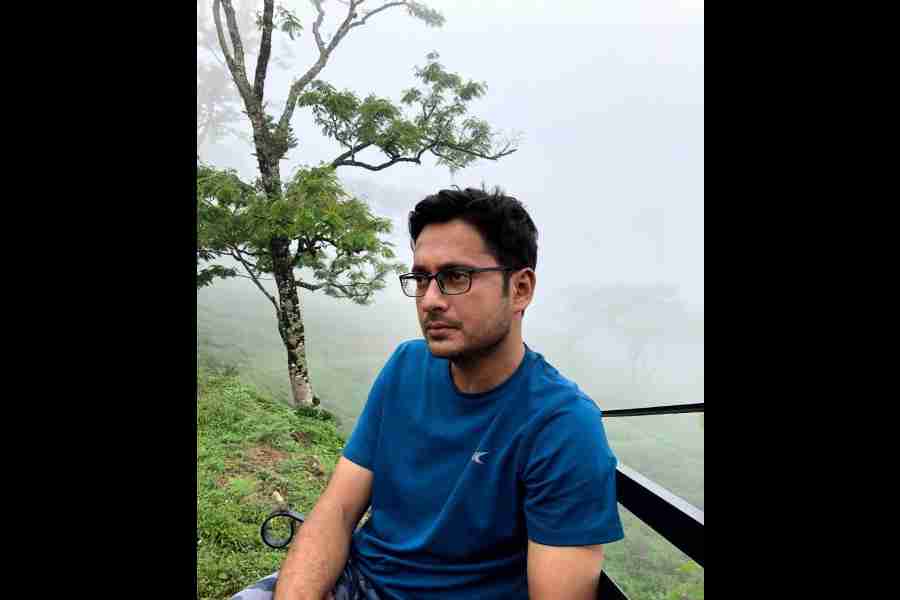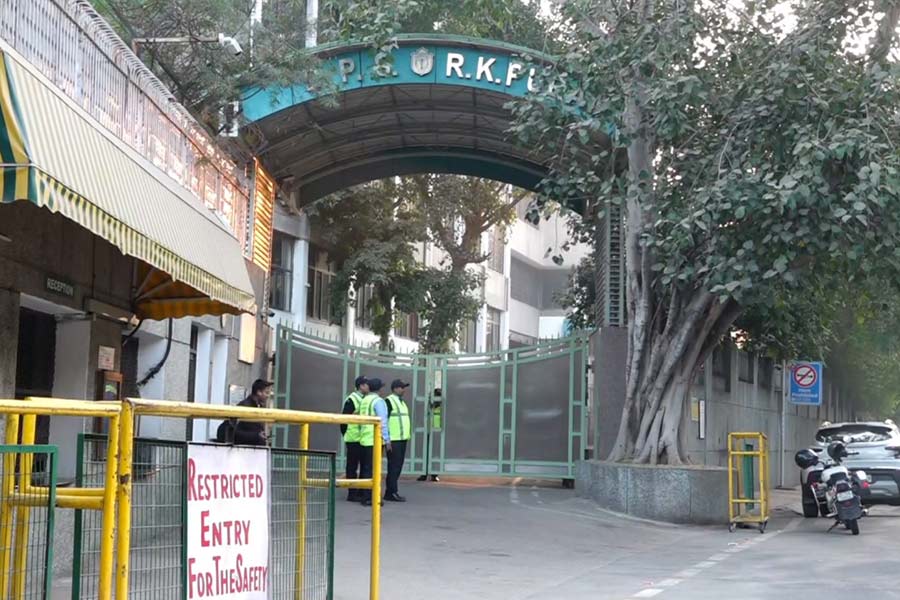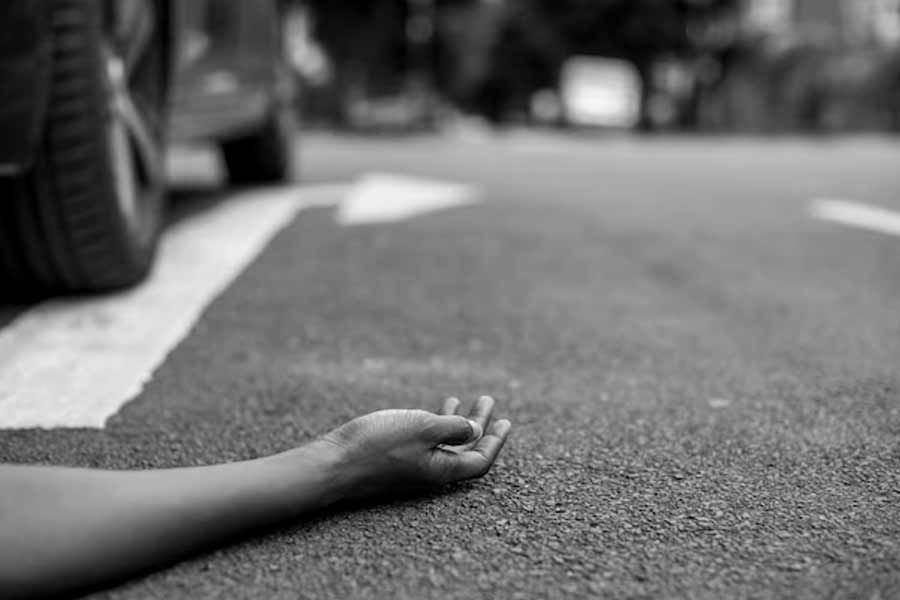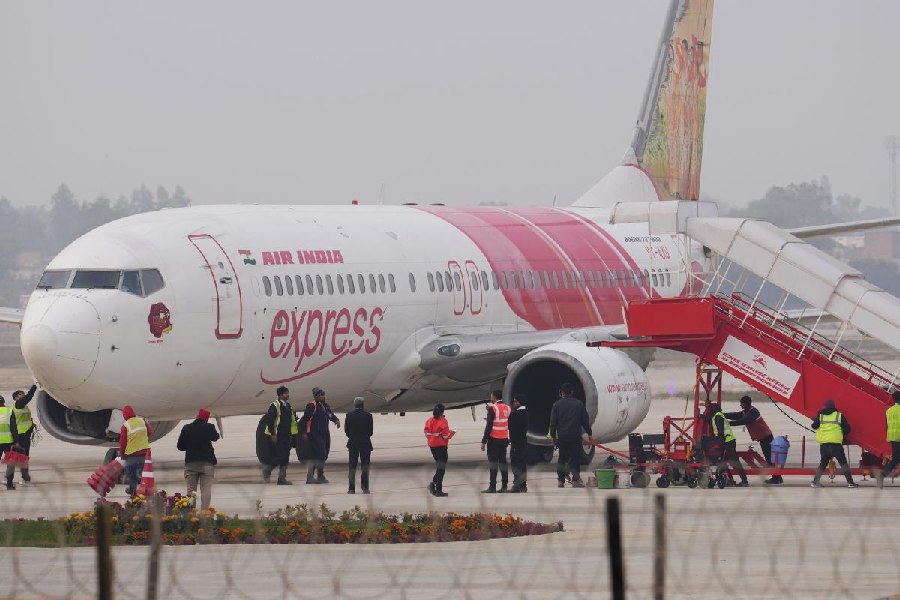Dostojee premiered at the 65th BFI London Film Festival in 2021. From London, it travelled to Japan, the US, South Korea, Malaysia, France, Germany, Switzerland, Spain, Mexico, Hong Kong, the Czech Republic, the UAE, Bangladesh and 10 other countries before officially releasing in India in the November of 2022. Prasun Chatterjee, the director of the Bengali film, says, “Bengalis are a self-forgetful race. Until and unless foreigners say a particular Bengali film sans star cast has turned out well, it will not arouse interest at home.”
A world premiere and several accolades later — for best director, best actor, best screenplay, best cinematography — when the movie hit the theatres in Bengal, it got only 22 shows in 22 properties the first week. Just to give an idea — when a Hindi film hits theatres in Bengal, it gets 200-plus shows in many more properties in the very first week.
“Usually, the shows keep decreasing as the weeks pass,” says the 37-year-old director. In the case of Bengali films, the audience drifts away after the first week. Chatterjee says, “It is not the fault of the audience or the distributors. The standards of Bengali films have gone down. Our own people have lost trust in Bengali films.” Chatterjee adds, “A distributor will never pull out a movie if it is doing good business.”
In the case of Dostojee, the number of shows increased after Week One. Week Two, 64 shows. Week Three, 84... The movie ran for 12 weeks in Bengal. And, last month social media was full of Dostojee posters in Mandarin. Turns out, Chatterjee’s film is all set for a commercial release in Taiwan later this month.
We talk about how the giant billboard —42 floors high — at Times Square inNew York played the teaser of Dostojee and he says, “It sent shivers down my spine. But it pains me that I could only reach out to one or two per cent of the Bengali population in my own country.”
We are chatting in a studioin south Calcutta. After several weeks the rains are finally, insistently, here. Chatterjeeis just back from Rangaroon, 18 kilometres from Darjeeling, where he had gone with his team to finalise his next film.
Chatterjee says while taking a sip of steaming coffee, “I wore my slippers to the London Film Festival.” On the first day, Chatterjee had gone in his slippers and was not allowed to go through the VIP entry. “This is my usual attire,” he says pointing to his white shirt, jeans and slip-ons. “I was a bit offended and left the festival for that day.” When he was escorted to the premiere of Dostojee a couple of days later, “I went in a saloon car from Mercedes-Benz, but in my slippers. I even gave my speech in Bengali.”
Chatterjee shot his film in the villages of Domkal subdivision of Murshidabad district, which is the last subdivision on the India-Bangladesh border.
Dostojee is a variation of the Hindi word dost meaning friend and is commonly used in these parts. The film is about the friendship between two eight-year-old boys, one Muslim and another Hindu, living on the border. The movie is set against the backdrop of the demolition of Babri Masjid and the Bombay blasts some months later. Says Chatterjee, “Personally, I believe that these two incidents have undone the balance of our society. The polarisation that we are living now were triggered by these.”
So is his movie a protest against what is happening in India now? Chatterjee shakes his head from side to side. “No. I am not here to tell an Aesop’s fable. I have shown what I wanted to show and left it at that,” he says.
The film shows how in a Muslim-majority village people are trying to build a chhota Babri Masjid to compensate for the loss of the Babri Masjid in Ayodhya, 1,000 miles away, and how Hindus are trying to keep their identity alive by organising a Ramyatra in the village.
However, two boys Palash and Safiqul are oblivious to all of that. They celebrate Id and Jhulan together, and watch the Ramyatra together. The only time they talk about the tension is when Palash says that they will have to shift to a Hindu-majority area in Nadia. “My mother is afraid to stay here,” he tells Safiqul.
Chatterjee is a new director from a non-filmic background. “I had worked with theatre director and actor Sohag Sen for six years. I do not have a degree from a film institute. I haven’t assisted anybody. I have made a lot of mistakes and learnt from them,” he says.
Dostojee was produced by his production house Katha Talkies which was formed in 2017.
Most of Dostojee’s cast, including the two boys in the lead roles, are people from Bhagirathpur village and other villages on the border where the film was shot — Raninagar, Fatehpur; only a handful of them are theatre actors.
Says Chatterjee, “We had trained about 150 local people. I wanted my actors to speak in the local dialect.” But casting the two boys took time. Having written the script — in 2015 — Chatterjee went to Bhagirathpur. At a tea shop he spotted Asik.
“I knew he was my Palash,” says Chatterjee. “He was shy. Arif, on the other hand, banged on my door and demanded to meet me.” When Chatterjee asked Arif to memorise a few lines, he couldn’t. “He told me he was in a hurry to go out to play and added, ‘But if you cast me, I will act like the hero Dev’.”
Chatterjee spent eight to 10 months with the boys, helping them with their studies, playing with them and in the process preparing themfor the big picture.
“And before the film Dostojee was made, we three became dostojees,” he says.











